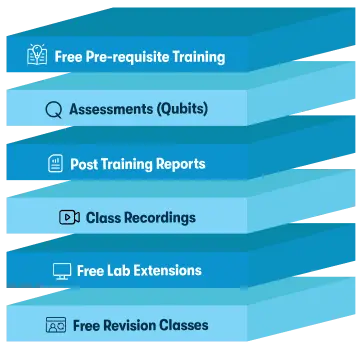We're open through the holidays to support your upskilling goals — book your session today!
We're open through the holidays to support your upskilling goals — book your session today!
Unable to find what you're searching for?
We're here to help you find itDO417 - Microsoft Windows Automation with Red Hat Ansible Course Overview
Introduction to performing core system administration tasks by creating and running automation for a Windows Server using Red Hat Ansible Automation Platform.
Microsoft Windows Automation with Red Hat Ansible Automation Platform (DO417) is designed for System administrators, DevOps engineers, and developers who want to learn how to automate the deployment and management of Microsoft Windows servers and applications hosted on them using Red Hat Ansible Automation Platform.
Purchase This Course
USD
View Fees Breakdown
| Flexi Video | 16,449 |
| Official E-coursebook | |
| Exam Voucher (optional) | |
| Hands-On-Labs2 | 4,159 |
| + GST 18% | 4,259 |
|
Total Fees (without exam & Labs) |
22,359 (INR) |
|
Total Fees (with Labs) |
28,359 (INR) |
Select Time
Select Date
| Day | Time |
|---|---|
|
to
|
to |
Scroll to view more course dates
*Inclusions in Koenig's Learning Stack may vary as per policies of OEMs
DO417 - Microsoft Windows Automation with Red Hat Ansible
DO417 - Microsoft Windows Automation with Red Hat Ansible
Suggestion submitted successfully.
Koenig Learning Stack
Inclusions in Koenig's Learning Stack may vary as per policies of OEMs



